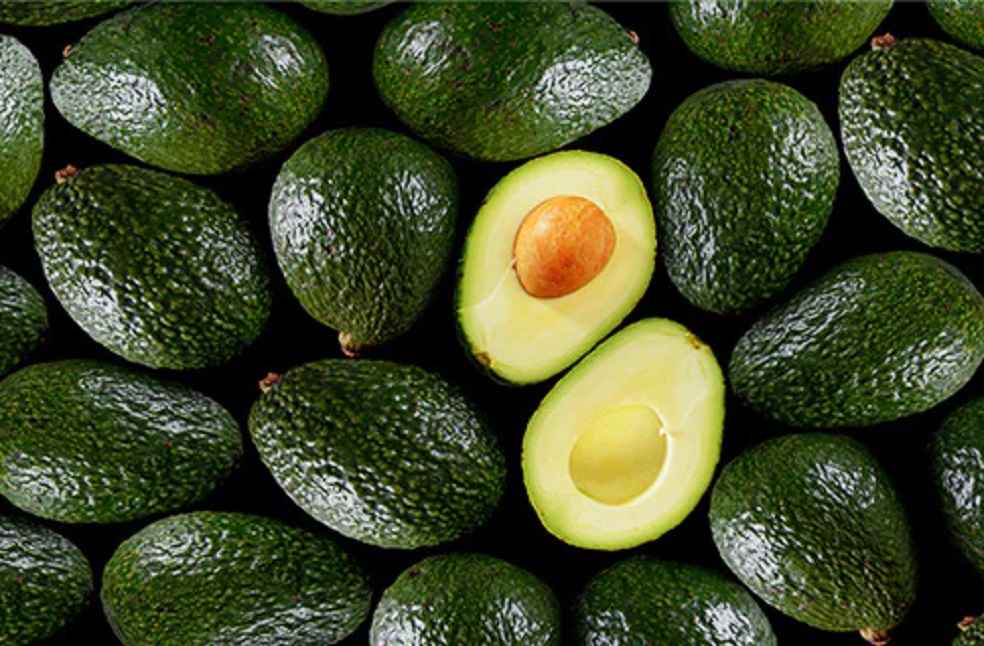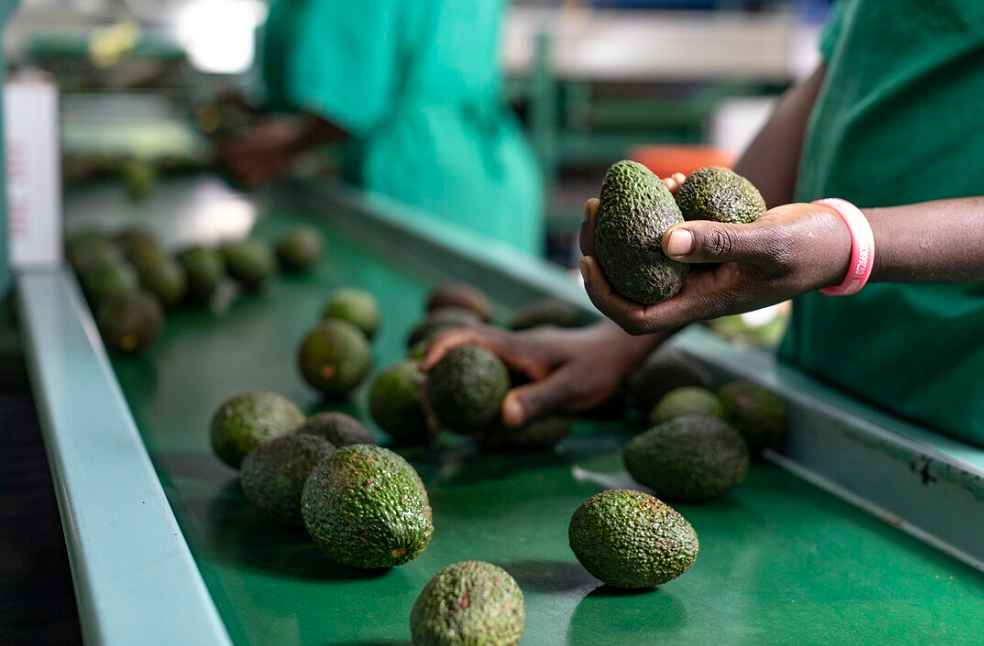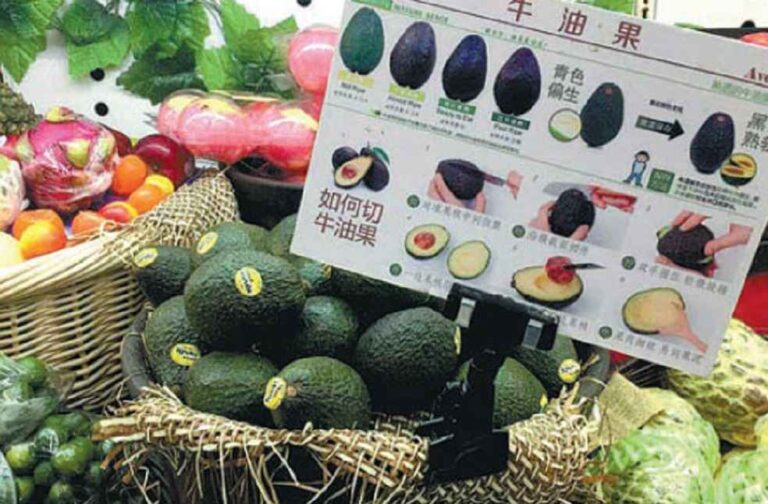China has become Asia’s leading avocado importer, overtaking Japan in 2023. This reflects the growing need for avocados within Asian markets, which experienced a 29% hike in imports, reaching 184,000 metric tons, according to Rabobank, a leader in agricultural financing.
China’s ascent in the avocado market is striking. Before 2014, imports were negligible. By 2018, imports had exceeded 40,000 metric tons, and growth continued. From 2022 to 2023, imports surged by 61%, climbing from 41,000 metric tons to 66,000 metric tons. Meanwhile, Japan, the previous leader, imported 62,000 metric tons.

Data from the International Trade Center identifies Peru as the top supplier to China, with exports rising 79% to 50,000 metric tons in 2023, capturing a 76% market share. Chile follows with 12%, and Kenya holds 6.6%. Mexico’s market share dwindled to 3.1%, exporting only 2,000 metric tons. Kenya, entering the Chinese market in 2022, increased exports to 4,342 metric tons in 2023, showcasing significant growth potential.
Despite rising imports, Asia’s annual per-capita avocado consumption remains below 0.05 kilograms, far less than Europe’s 1.6 kilograms and the U.S.’s 3.5 kilograms. Yet, as consumer interest and incomes rise, the region’s market potential appears vast.
The OECD-FAO Agricultural Outlook 2024-2033 report highlights the rapid growth of the global avocado market. Avocados, though the lowest in production volume among major tropical fruits have grown the fastest in recent decades. This trend is expected to persist, with global production about to grow at 3.5% annually, reaching 14 million metric tons by 2033—more than triple the 2013 volume.

Production will likely remain concentrated in a few key regions. Mexico, Colombia, Peru, and the Dominican Republic are expected to account for 60% of global production by 2033. Mexico is poised to maintain its position as the largest exporter, with a 53% global market share, while Peru is set to supply 25%, primarily to the European Union.
Health benefits drive avocado consumption in major markets such as the U.S. and the European Union, which are expected to account for 46% and 25% of global imports, respectively, by 2033. Imports are also projected to grow significantly in the UK, Canada, China, and several Middle Eastern countries, driven by rising incomes and shifting consumer preferences.
IMEX SECTOR | Australia’s Avocado Surge: Record Production and Export Hurdles



